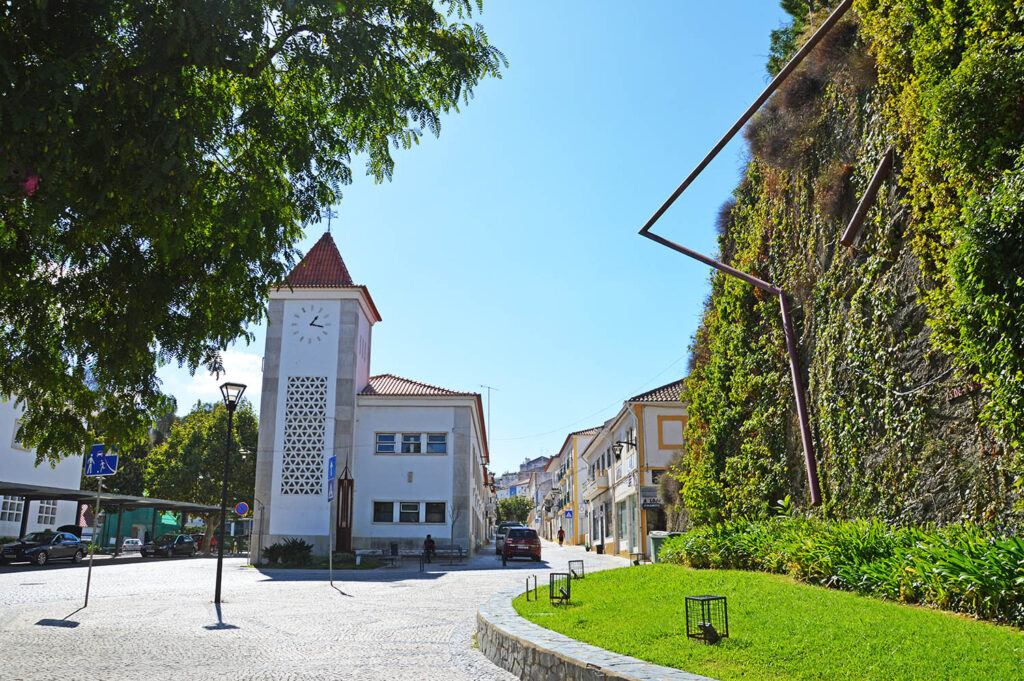In 10 years, only 50 of the 308 municipalities in Portugal recorded a positive population evolution, especially in Área Metropolitana de Lisboa (AML), in 14 municipalities out of a total of 18, and in the Algarve, with 11 out of 16.
According to the study “What the 2021 Censuses tell us about territorial dynamics”, presented today at the National Institute of Statistics (INE), in Lisbon, the municipalities of Lisbon and Porto had population decreases of -1,25% and -2,44%, respectively, between 2011 and 2021.
In the AML, some municipalities emerged with population increases of more than 5%, namely Mafra (+12,82%), Palmela (+9,58%), Alcochete (+8,96%), Montijo (+8,71), Sesimbra (+5,83) and Seixal (+5,21%), while in the Algarve region there were increases in Vila do Bispo (+8,73%), Albufeira (+8,17), Lagos (+7,87. 7,61%), Portimão (+5,50%), São Brás de Alportel (+5,18%) and Tavira (+XNUMX%).
From the Cávado sub-region comes the municipality of Braga (+6,52%) and, in the Alentejo Litoral, the municipality of Odemira (+13,32%), which has the highest value in the country.
In the Metropolitan Area of Porto, only the municipalities of São João da Madeira, Vila do Conde, Póvoa do Varzim, Valongo and Vila Nova de Gaia had population increases in the last decade, but with values below 2%.
In 12 of the 25 NUTS III sub-regions (inter-municipal entities and the two autonomous regions), mostly in the interior of the country, negative population change rates were recorded in all municipalities.
Barrancos (-21,59%), in Baixo Alentejo, Tabuaço (-20,72%) and Torre de Moncorvo (-20,37%), both in the Douro sub-region, and Nisa, in Alto Alentejo (-20,11 .20%), have lost, in the last decade, about XNUMX% of their population.



















Comments